Pure Gold Manuka Honey
Label claim: Activity 18+
Stockists: Amazon, Dr Organic, Holland & Barrett*
Price: £17.99 (250g)
What the tests showed
TA:12.5
NPA:<9.5
The lab says: “The TA result shows the honey has some activity but below the label claim. Although no claims are specifically made regarding NPA on pack the NPA result is again somewhat surprising as ‘activity’ in manuka honey is typically, in our experience, primarily NPA.”
The company says: “We are aware of the debate in New Zealand regarding labelling,” says Michael Lightowlers, group marketing director at Dr Organic. “As it happens, we are just in the process of re-launching our Pure Gold offering. At the end of last year we decided to move to methylglyoxal (MGO) as a method of measurement. We have many links to the industry in New Zealand and it became clear last year that MGO activity could become the key marker. This was stated in a document by the Ministry of Primary Industries, which were considering the options for defining monofloral manuka honey. From what we understand the guidelines which are determined at the end of this month will be implemented by 2016. At the end of last year we invested in hives in New Zealand and this has been complemented by an acquisition of land and hives for next season. We were aware that to control the quality and quantity of supply we had to manage the whole supply chain. As such we are launching an entry level manuka honey blend - this item is tested for MGO, with the core Pure Gold range featuring eight products starting from MGO 375 up to MGO 950. These products will be available in the next month. Regarding testing, we test at source in New Zealand and then again when product arrives into the UK.”
A spokesman for Holland & Barrett, from whom The Grocer bought the honey, says this product is no longer stocked by the company. He adds: We have been aware of the global issue with manuka for some time now and have been monitoring the situation in New Zealand very closely. Despite having no approved health claim in Europe or indeed in New Zealand, it has not stopped a phenomenal rise in consumer demand around the world. We appreciate there have been real problems for the MPI in New Zealand in agreeing a definition for manuka under their current labelling review. Lobbying by interested manufacturers and their representatives is fierce and, by the MPI’s own admission, has involved the threat of legal action against them by at least one of the interested parties. Our concern has always been to safeguard the interests of our customers here. We make sure all of our suppliers demonstrate legal compliance with all relevant UK and EU regulations across the food sector, covering labelling, nutrition, allergens, contaminants, hygiene and safety. In regard to manuka, we have for some time appreciated the risk of product substitution or false strength claims and have therefore required all suppliers to send us certificates of analysis from reputable, independent food laboratories. We also take several additional steps to deter fraud or labelling inaccuracy. First, we conduct unannounced audits on product batches when they arrive in the UK to check product traceability, product specifications and to authenticate certificates of analysis. Second, in some targeted cases we also use scientists from Fera to scientifically test suppliers’ products for evidence of tampering or fraudulent food substitution and to check labelling claims in relation to product strength. Third, we have formally warned all suppliers that if we find hard evidence of product substitution or any other form of consumer fraud on their part, their products will no longer be retailed through any of our stores. We have occasionally found labelling or quality problems with odd batches and have taken appropriate measures with suppliers accordingly, including the return of batches where testing has raised questions. It is not our policy to share the results of these audits outside our business - to do so would be likely to result in legal and other complexities. Moreover, as acknowledged in the MPI’s response to its labelling consultation, the science behind the range of systems for rating the strength of manuka honey - peroxide activity, phenol activity and non-peroxide antimicrobial activity - is both complex and conflicting, making it confusing for consumers and difficult for retailers to take firm action. We look forward to their final decision on definitions which is expected imminently and will of course require all suppliers to implement whatever labelling decision is reached. That has always been our policy and will continue to be.”
How the tests were conducted:
Tests were carried out by Minerva Scientific, one of Europe’s leading independent honey testing labs, on seven randomly selected manuka honeys. Minerva conducted two different tests on the samples - one for Non-Peroxide Activity (NPA) and one for Total Activity (TA). The test for NPA was a microbial inhibition plate bioassay based on the procedure developed by Professor Molan in New Zealand, for the measurement of the antibacterial qualities of manuka honey. The TA was measured using a modified version of the same plate bioassay to yield comparable results. All antibacterial activity was measured against phenol standards and expressed in % phenol equivalence. The uncertainty of measurement for the tests was estimated at +/-2% phenol equivalent - eg: a result of 10% phenol could lie anywhere from 8% to 12%. All the honeys are operating within the current laws.




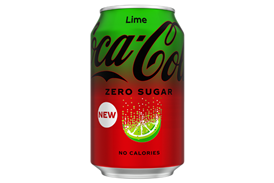


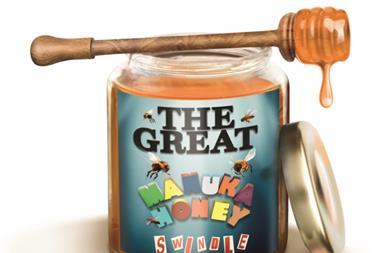
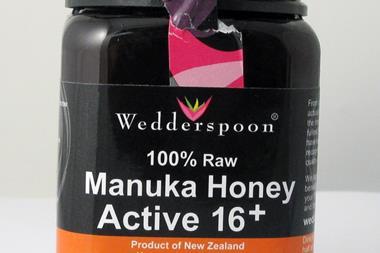
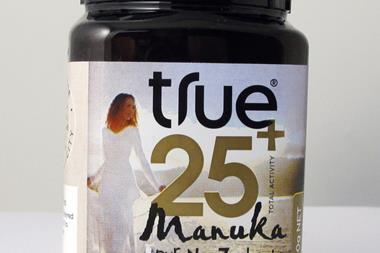
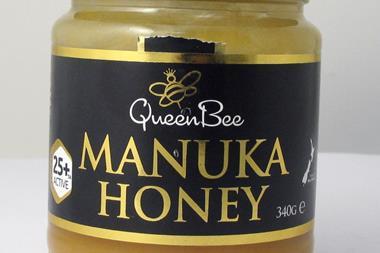
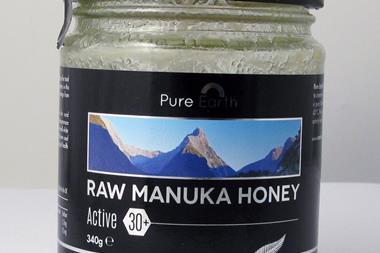
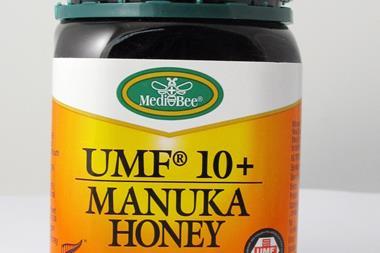
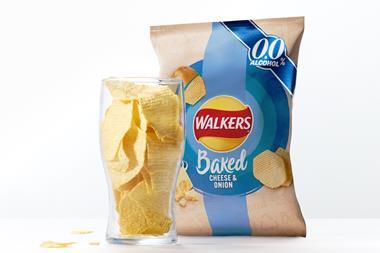
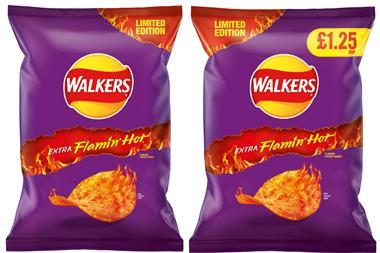




No comments yet